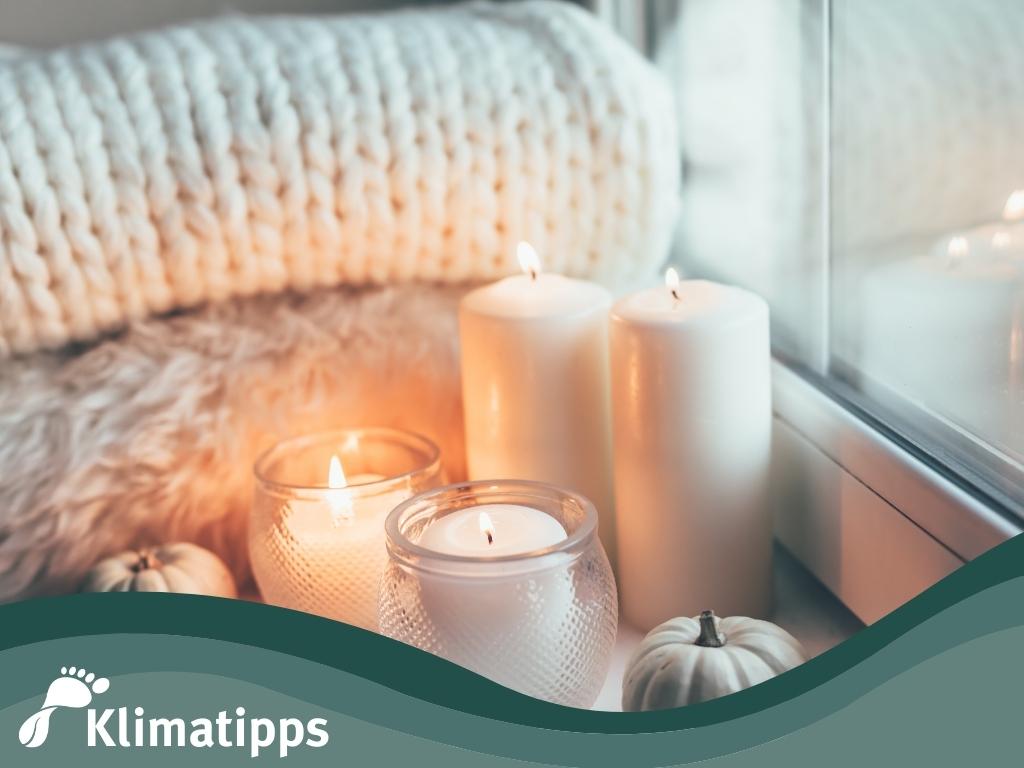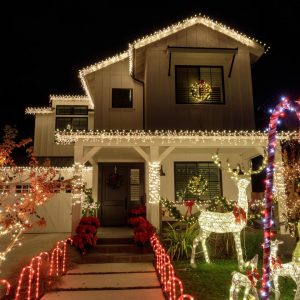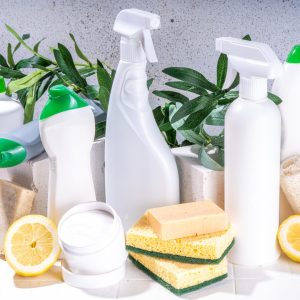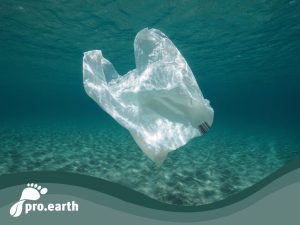Put in the right light

Autumn is in full swing, the days are getting gloomy and as dusk falls early, only one thing can save us - a romantic, cozy nest bathed in warm candlelight.
But the idyll also has its pitfalls.
Many commercially available candles and tea lights are more than questionable in terms of their environmental compatibility.
From kerosene wax to stearin (often seen as an alternative to kerosene wax, but largely produced from palm oil) to aluminum shells, which mean a collapse in resources anyway.
So what to do?
💚 Candles made from renewable biomass
are often simply referred to and advertised as "organic candles" - are a good and healthy alternative to candles based on petroleum or palm oil.
💚 Candles made from beeswax
are a wonderfully fragrant natural product, but not what you would call cheap.
For good reason: the wax is sweated out by the bees in the form of tiny platelets. 1.2 million of these make 1 kilo of pure wax.
This corresponds to the annual production of a bee colony.
I would particularly appreciate this variant with its uniquely wonderful fragrance and use it as an absolute festive candle.
Pour your own candles
is an alternative that at least uses up all the leftovers and limits consumption somewhat. It's also very meditative... 🧘♀️
pro.earth conclusion:
If you can afford environmentally friendly candles, you should opt for certified organic candles - this is the only way to guarantee that the wax used, which is made from vegetable fats, also comes from sustainable cultivation. As already mentioned, the longer and more even burning time must also be taken into account in the price. However, the RAL Quality Mark is also an indicator that these are tested candles that at least do not endanger your own health.
The new generation of LED candles is particularly "lifelike", made of wax with a flickering flame - but admittedly this is a matter of taste. 💚
#proearth #actioninsteadofspeech #consumption #autumn






